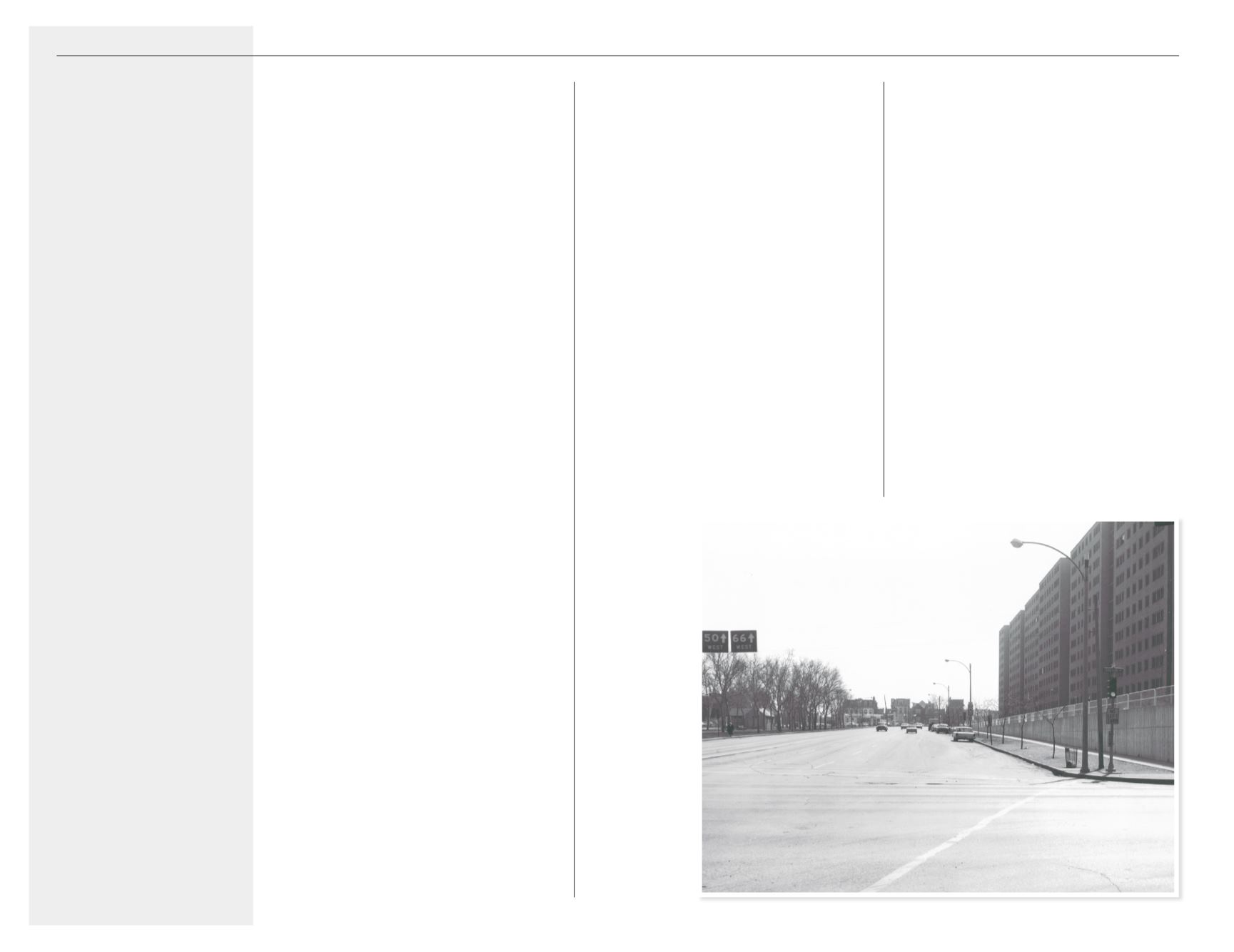

A
dvancing
T
he
K
ingdom
: K
ingdom
H
ouse
58
In 1954, an historic decision was
made regarding the admission of
Linda Brown into the Topeka, Kansas
school near her home. In this landmark
case,
Brown vs. Board of Education of
Topeka
, the Supreme Court overturned
Plessy vs. Ferguson
and found that
separate but equal schools violated
the United States Constitution. This
decision, coupled with urban renewal,
prompted white flight and increased the
movement from the inner city out. In
racially divided municipalities like St.
Louis, those who could not move found
attitudes toward the “other” hardening.
School Board Superintendent Philip
J. Hickey, responding to the
Brown
decision, stated St. Louis Public Schools
were, “prepared to effect integration...
next fall if the courts require it,” and
indicated a
redistricting
plan was
already
underway.
1
In this plan,
students
would attend
neighborhood schools, preserving
segregation, until mandatory plans of
desegregation in the 1970s and 80s
prompted subsequent redistricting and
busing.
In the immediate geographic
area surrounding Kingdom House
desegregation was not so much of an
issue, as the area bounded by Park
Ave, 11th St., Hickory, 7th St, Rutger
and 9th was (according to the City
Plan Commission Report of 1953)
predominantly white. Of the total
population of 2,640 people, 1,740
were Caucasian. The report further
found 78% of the land use of this area
was residential, 3% commercial, 3%
industrial, 2% public, 7% semi-public
and 7% vacant. Housing characteristics
showed 26/acre of occupied dwelling
A
P
hoto
:
A:
DarstWebbe Housing
Project
T
he
biggest
concern
for
those
living near
K
ingdom
H
ouse was
not
racial
issues
,
but
basic adequate
shelter
.















